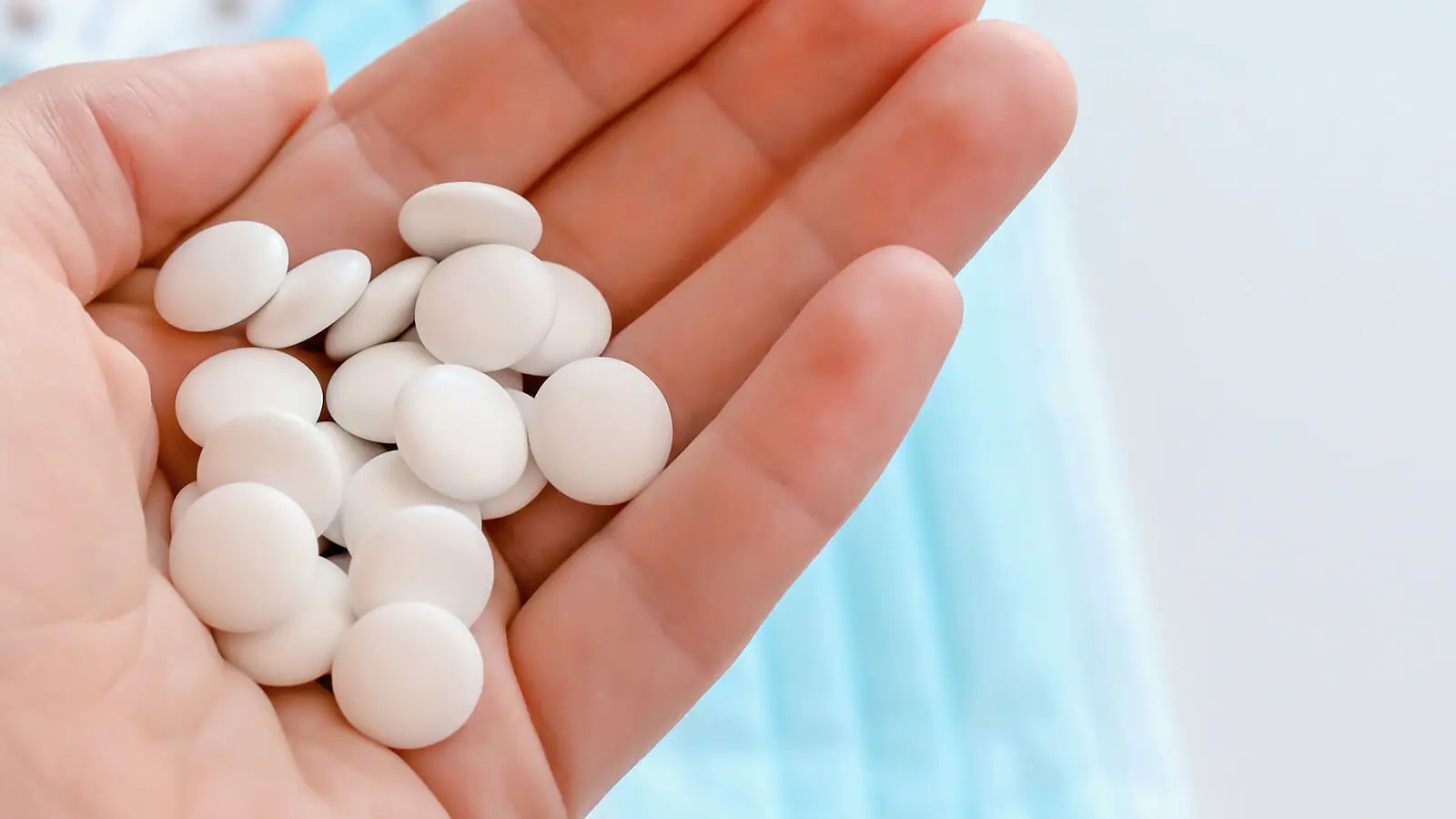Chronic Daily Headaches: Everything You Need to Know

Chronic daily headaches are a group of disorders characterized by the recurrence of headaches, for at least 15 days a month, for 3 months or more per year, and for more than 4 hours per day. Approximately 3 to 5% of the world’s population has headaches every day or almost every day.
Migraine headaches are the main reason for consultation for neurological symptoms in clinical practice.
The presence of chronic daily pain can disable a person, because it affects his or her quality of life and mental health, as well as causing physical, social and occupational functioning impairments. It’s estimated that about 90% of patients with chronic daily headaches have coexisting psychiatric problems.
What are chronic daily headaches?
As already mentioned, these are headaches that appear 15 days or more per month, for more than 3 months in a year. This applies to any type of headache that occurs almost daily or daily.
It includes a great variety of subtypes:
- Continuous hemicrania
- Cluster headaches
- Transformed migraine
- Chronic tension headaches
- Idiopathic intracranial hypertension
Transformed migraine and chronic tension headaches are the most frequent. Due to their recurrent nature, they’re disabling. The intensity interferes with work and sleep.
The associated risk factors are the following:
- Being female
- Obesity
- Caffeine abuse

Primary and secondary
The aforementioned are the primary (or true) chronic daily headaches. They aren’t caused by another condition and aren’t related to functional or structural changes. They’re subdivided into those of short and long duration.
Secondary headaches are caused by another condition. They’re triggered by some physiological alteration and include those caused by the abuse of analgesics (including over-the-counter).
Read more: Energizing Food That Helps Relieve Headaches
Causes of chronic daily headaches
The cause of primary chronic daily headaches isn’t well known, because there’s no single origin. However, conditions such as the following may be found in the secondary ones:
- Inflammation of blood vessels (or vasculitis) in and around the central nervous system: these include strokes, hypertensive urgency, and the presence of a cerebral aneurysm.
- Inflammation of the nerves (or neuralgia): In particular, of the occipital nerve or the trigeminal nerve.
- Infections: Meningitis, sinusitis.
- Alterations of the intracranial pressure: either decreasing or increasing
- Presence of a space-occupying lesion.
- After a traumatic brain injury.
- Rest disorders: Obstructive sleep apnea.
The use of analgesics, including over-the-counter analgesics, when taken for more than 2 days per week or 9 days per month, increases the risk of rebound headaches.
Read more: What Are the Causes of Left Side Headaches?
Treatment of chronic daily headaches
The treatment of chronic daily headaches depends on whether they’re of primary or secondary cause. In the former, the physician focuses on preventing the onset of pain. In the case of the latter, the approach is aimed at the origin.
Several drugs are used to prevent their onset:
- Tricyclic antidepressants (such as nortriptyline) or selective serotonin reuptake inhibitors (such as fluoxetine), which also help with depression, anxiety, and associated sleep disorders.
- Beta-blockers, such as atenolol, metoprolol and propranolol.
- Anticonvulsants, such as topiramate and divalproate sodium.
- Nonsteroidal anti-inflammatory drugs (NSAIDs).
- Botulinum toxin injections (especially useful in those who cannot tolerate daily oral medication).

When should you see a doctor?
A doctor should be consulted if chronic daily headaches have the following characteristics:
- They’re disabling.
- Worsening or changing patterns.
- Requiring a higher than recommended dose of over-the-counter pain relievers.
- They’re accompanied by other symptoms, such as fever, neck stiffness, disorientation, seizures, slurred speech, double vision, or a loss of muscle strength.
Chronic daily headaches require prompt medical attention. However, to decrease the intensity or frequency until the time of professional evaluation, triggers should be avoided.
Don’t self-medicate or take over-the-counter pain relievers for more than 2 days per week. As an alternative to acetaminophen or ibuprofen, naproxen may be recommended.
All cited sources were thoroughly reviewed by our team to ensure their quality, reliability, currency, and validity. The bibliography of this article was considered reliable and of academic or scientific accuracy.
- Castillo J. Epidemiology of Chronic Daily Headache in the General Population. Headache 1999;39.
- Chan J. Dolor de cabeza tensional ¿Manejo médico u odontológico? Revista Científico Odontolgócia 2007;3. Disponible en https://www.redalyc.org/pdf/3242/324227906003.pdf.
- Yancey J, et al. Chronic Daily Headache: Diagnosis and Management. American Family Physician 2014. Disponible en https://www.aafp.org/dam/brand/aafp/pubs/afp/issues/2014/0415/p642.pdf.
- Silberstein S. Chronic Daily Headache. Journal of Osteopathic Medicine 2005. Disponible en https://www.degruyter.com/document/doi/10.7556/jaoa.2005.20011/html.
This text is provided for informational purposes only and does not replace consultation with a professional. If in doubt, consult your specialist.









